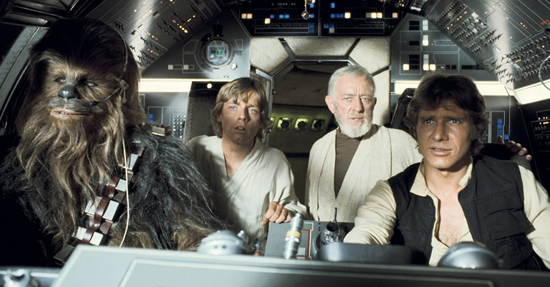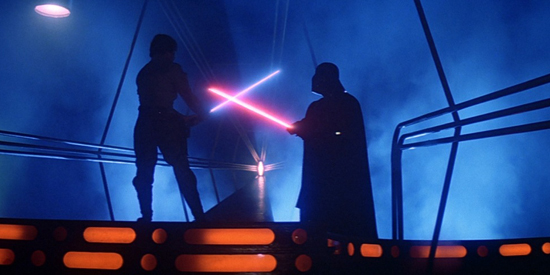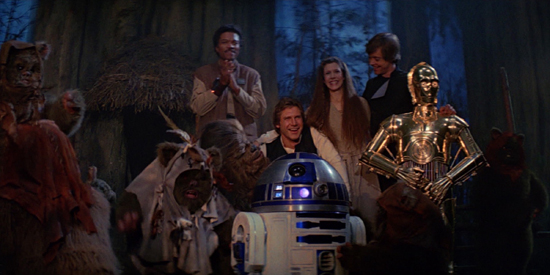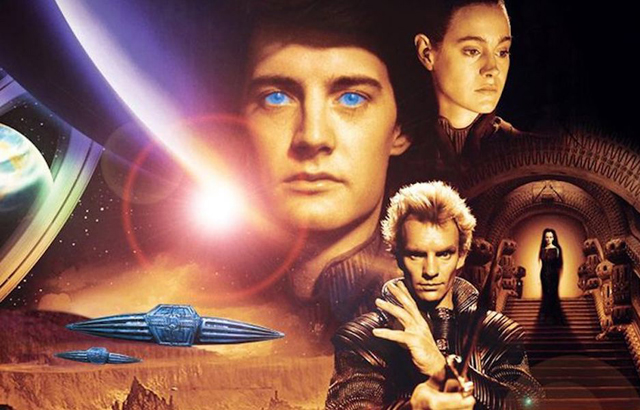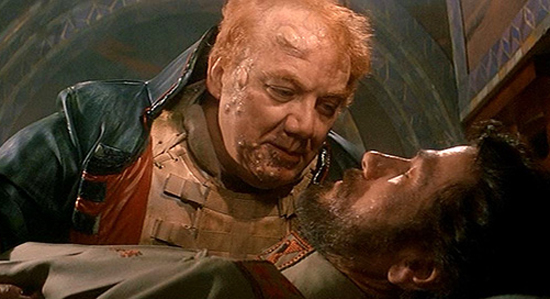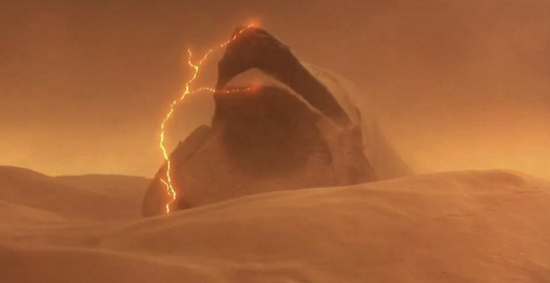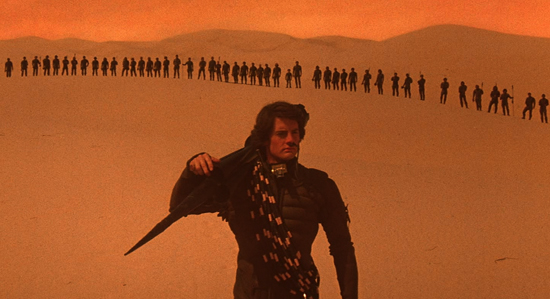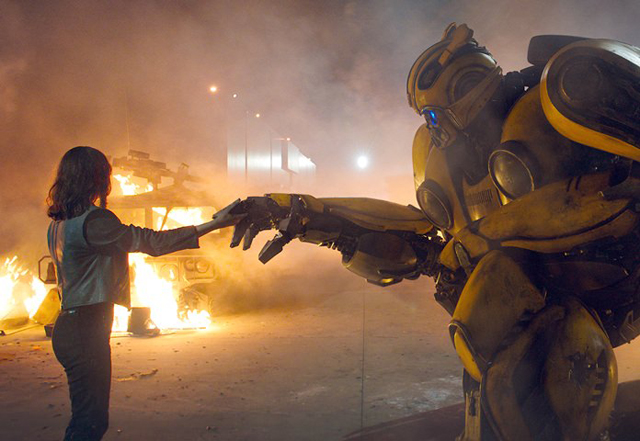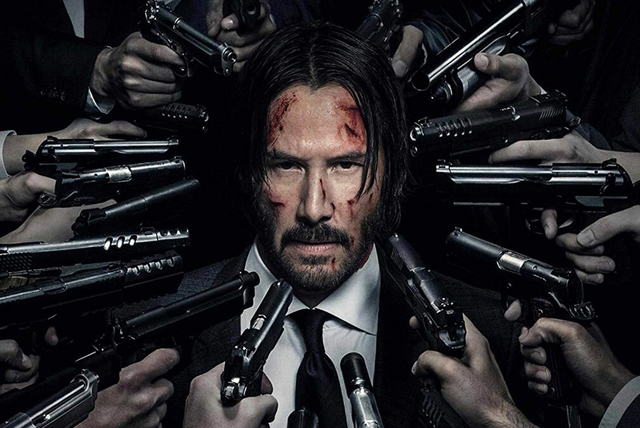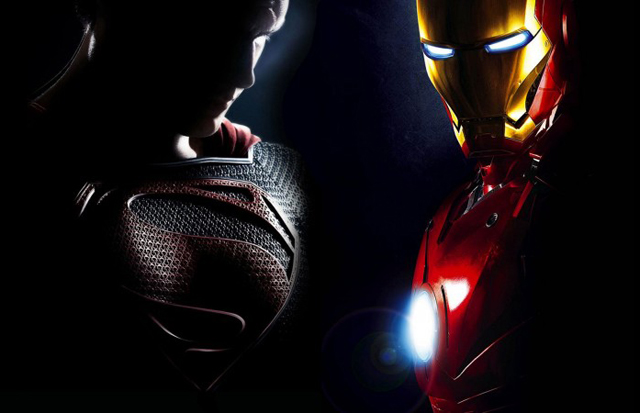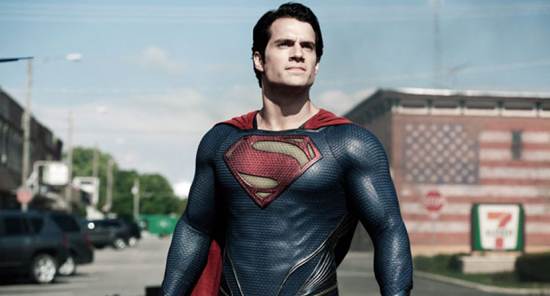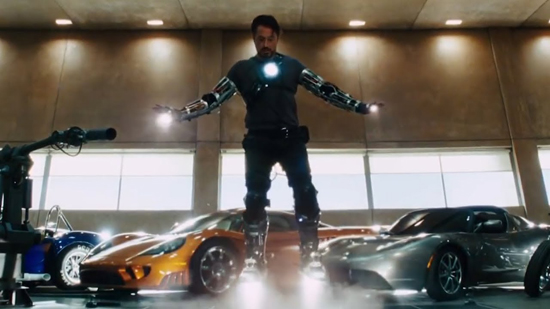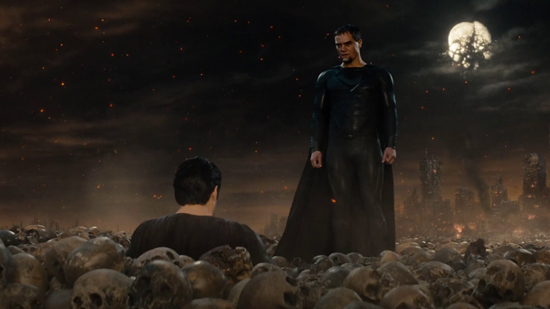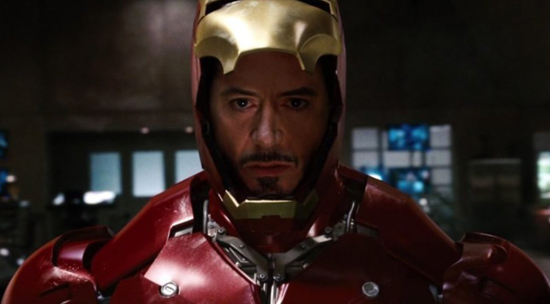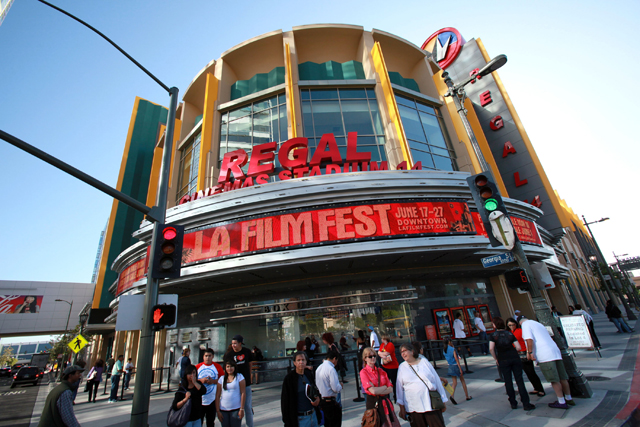
Pixar, in it’s 30 year history, has transformed the face of animation in a way that few have. Because of their seemingly unflappable track record of success, the animation industry completely adopted CGI as the standard, ending decades of hand drawn dominance as part of the art-form. And despite challenges from other studios like Dreamworks and Illumination, Pixar remains on top both in terms of box office and accolades. And through the years, they have assembled one of the most beloved libraries of films, with the likes of Monsters Inc. (2001), The Incredbiles (2004), and Cars (2006) all spawning successful franchises on their own in addition to one-offs like Up (2009), Inside Out (2015) and Coco (2017). But, if there ever was a crown jewel in the entire Pixar canon, it would be the movie series which laid the foundation for everything that followed; Toy Story. The original 1995 classic is without a doubt one of the most important animated films ever made. It not only proved that computer animation could work at feature length, but it also showed that it could tell an emotional story as well. In no time, the characters of Woody and Buzz Lightyear became household names, and Pixar was firmly put on the map. But even more remarkable than making that splash the first time, Pixar wowed audiences again by making a sequel that not only matched it’s predecessor, but to some, it even surpassed it. Toy Story 2 (1999) proved that the first movie wasn’t a fluke and showed that there was plenty more story to mine with these toys. Because of that, Pixar flourished, but that didn’t stop them from revisiting the characters yet again. Toy Story 3 (2010) picked it up again after an over 10 year gap, and again, Pixar remarkably delivered another emotional adventure that did not disappoint. It’s almost like Pixar could do no wrong with their cornerstone franchise, and altogether it made Toy Story one of the most beloved trilogies of all time. So, with something as perfectly packaged as the Toy Story trilogy, you would think that they would leave it be and stay content with where they left these beloved characters at the end. But, it would seem that Pixar had more up their sleeve.
Making it’s way to theaters after another nearly decade long gap, we have Toy Story 4, a movie that both excites and worries a lot of fans at the same time. Toy Story 4 is coming out in an interesting time for Pixar, as they are facing a bit more scrutiny now than they have before. When the movie was first announced at the 2015 D23 Expo, then Disney Animation studio head John Lasseter was attached to direct the feature, marking his return to the series that he served as director for in it’s first two outings. Then, two years later at the following D23 Expo, Lasseter made the shocking announcement that he was no longer acting as the film’s director, handing that duty to first timer Josh Cooley instead. In the years since, we now have come to know why this change happened, as Lasseter was forced to resign his position at Disney and Pixar due to personal misconduct claims by employees at both companies. His positions at Pixar and Disney are now filled by Pete Doctor and Jennifer Lee respectively, and Toy Story 4 will be the last screen credit he will ever receive from the company that he built. It’s safe to say that out of all the Toy Story films, 4 had the rockiest development of all. Much of John Lasseter’s original was scrapped, and new director Cooley had to pretty much start from scratch, which is daunting given the pedigree of this franchise. The original script, written by Rashida Jones and Will McCormack was completely overhauled by another newcomer, Stephany Folsom, along with Pixar veteran Andrew Stanton. And all the revision required for an extra year of development, resulting in the first delayed release in Pixar’s history, with the more steadily produced Incredibles 2 taking it’s original 2018 slot. Apart from all the backstage drama, Pixar is also being more heavily scrutinized for it’s heavier reliance on sequels during the last decade, as opposed to more original material. In fact, Toy Story 4 marks the 4th year in a row we’ve has a Pixar sequel released to theaters, making some worry that the studio is running out of originality. And there are others who believed that 3′s ending was so perfect that anything beyond it will spoil the story, and be seen as just a cash grab by the studio. So, the question is, does Toy Story 4 justify it’s existence and pull off a victory despite all the trouble, or does it sully the Toy Story name permanently.
Unlike the time jump made between Toy Story’s 2 and 3, where we saw the toys say goodbye to their original owner Andy as he headed off to college, 4 picks things up only a short time later as new owner Bonnie (Madeleine McGraw) is still the young child that we last saw her as. The ageless toys remain together as a family and enjoy their playtimes, though sadly, Bonnie is beginning to play favorites. Woody (Tom Hanks) once the favorite toy of Andy, is being left in the closet more by Bonnie, who prefers playing with Buzz Lightyear (Tim Allen) Jesse (Joan Cusack) and the other toys. Woody isn’t bitter about it, but he wants to find some way back into Bonnie’s attention. One day, he sneaks into her backpack as Bonnie prepares for her first day of Kindergarten. Though shy at first, Bonnie soon finds happiness when she builds a new toy from scraps of litter. She lovingly names him Forky (Tony Hale), and seeing how Forky makes Bonnie feel better at school, Woody takes it upon himself to protect the new toy from harm. That’s easier said than done, as Forky continually tries to throw himself back into the garbage, seeing himself not as a toy at all, but rather the trash he’s made out of. During a road trip, Forky jumps out of the family camper, and Woody chases after him, telling the others to wait for them. When they arrive at the town that Bonnie’s family is staying, they pass by an antique store where Woody notices something familiar; the lamp base that his long lost love, Bo Peep (Annie Potts) once stood on. Hoping to see Bo one more time, Woody delays his return to Bonnie to search through the antique store, with Forky in tow. They instead find a squad of ventriloquist dummies working under the orders of Gabby Gabby (Christina Hendricks) a talking doll with a broken voice box. She desires to take Woody’s box as a replacement, which Woody is not okay with. Bo Peep does eventually come to the rescue, and she agrees to help Woody, along with help from carnival toys Bunny (Jordan Peele), Ducky (Keegan-Michael Key) and daredevil action figure Duke Caboom (Keanu Reeves). The only question is, can Woody and Forky return before Bonnie’s family leaves town.
Of all the Toy Story films, this one probably had the most daunting task to accomplish. The films in the series are not only beloved, but they also cohesively hold together as a complete narrative. It’s a story about what happens to toys once they stop being played with; something that was established in the first movie with Woody’s jealousy over being upstaged by Buzz Lightyear, and reaffirmed in Toy Story 2, with Woody coming to terms with the idea that one day Andy will outgrow him. With Toy Story 3, we saw that scenario play out as Andy became an young adult and was ready to give away his toys to someone else. And in a great resolution to Woody’s arc, we see the lovable sheriff doll put that final choice up to Andy, showing that he’s ready to let go and let the boy he watch grow up live his life on his own. The story could have ended right there, and it would have been perfect, but Pixar seemed to think that there was more to explore with these characters, to the worry of fans who felt that this was starting to be overkill. Well, I’m happy to say that there’s nothing to worry, because not only does Toy Story 4 live up to the lofty standards of this series, it even resolves the story in an even better way than we would have hoped for. If you look at the entire series as a whole as the story of Woody, this fourth chapter does make sense as the concluding chapter, because it addresses the one lingering issue that we had yet to explore with his story; the loss of Bo Peep in his life. One thing that seemed to survive from the John Lasseter version of the film was the idea that this was going to be first and foremost a love story, and indeed that is something that really had yet to be explored in this series. We had explored the bond of friendship between Woody and Buzz, and Woody’s companionship with Andy, but the romantic angle was never explored completely. Bo Peep was just there as a love interest in the first two movies, and completely absent in the third, as Buzz and Jesse’s courtship took it’s place. Returning Bo Peep to the storyline finally gives Woody’s own story closure, as he finally begins to understand what he’s been missing in his life now that Andy is gone and Bonnie (through no ill intent) has seemed to forgotten him.
I have to give a lot of praise to Josh Cooley. Taking on the role of director for an animated feature is tough enough, but he got saddled with the job of shepherding the centerpiece franchise of the entire studio during a very turbulent transition period. The fact that he not only created a cohesive, emotionally satisfying film but also one that follows in the footsteps of some of the greatest animated films of all time and does the justice to the franchise as a whole is kind of miraculous. He deftly manages to not only keep the series consistent both visually and narratively, but he even found new avenues to explore that you never thought would be possible. I think that where the movie succeeds the most is in it’s focus. The movie never makes the mistake of trying to jam in a bunch of call backs to previous films. They are there if you think about them, but for the most part, 4 completely relies upon it’s own new ideas to carry the narrative. I was frankly astonished how little I was thinking about the other movies as the story went along, showing that I didn’t even need to have a refresher before coming into this film; it stands that well on it’s own. The movie doesn’t necessarily have as challenging themes as Toy Story 2 and 3 had, which dealt with heavy subjects like abandonment, personal identity, and even finding solace in the face of certain death, but at this point it doesn’t need to. In the end, the story does what it need to which is to make us love these characters all over again and wish for them to live happily ever after. I will say, without spoiling anything, that the movie’s biggest emotional punch comes in it’s final moments. If you thought 3 ended on a tear-jerking farewell, just wait until you see how this movie ends. I didn’t think that it was possible for this movie to get to that emotional high again, but somehow they did. It would be a classic finale to any animated feature, but the fact that it comes from a series that already has legendary final acts to begin with is really saying something.
When you get down to it, the thing that makes all four of the Toy Story films the amazing films that they are has always been the strength of it’s characters. Woody again takes center stage again, and Tom Hanks has never failed in all his years voicing the character. There’s so much heart in his performance, and it’s remarkable hearing him find even more layers to explore once again. What’s especially special about 4 is Annie Potts returning to play Bo Peep. She fianlly gets to let loose as the character, portraying a very independent Bo who has had to fend for herself for so many years. This is a welcome change for a character that, I have to say, was somewhat underdeveloped in the past. You can really tell in Annie’s performance that she is relishing this new, more confident version of the character, and it’s a very welcome change for the long running series. Though there isn’t much left to do with the character, the movie even manages to find a minor, amusing arc for Buzz Lightyear, as he let’s his “inner voice” guide his way. With the growing cast of characters over four films, it’s understandable that some of them are going to be pushed into the background, Jesse probably being the most noticeable, though she gets a beautiful little moment at the film’s end. Characters like Hamm and Rex barely get any lines, and Mr. Potato Head is mostly silent, given that his voice Don Rickles passed away while the film was still in it’s early stages (he is given a wonderful memorial in the end credits). Even still, I never felt that there was anything lacking in the character development. I don’t think there’s even a single appearance of the Little Green Men at all, and I didn’t even notice their absence until long after the movie was over. That’s how well the movie uses it’s characters. The new characters all get plenty of due time. Christina Hendricks Gabby Gabby is not quite as sinister an antagonist as past villains in the series like Sid and Lotso Huggins Bear, but she does have an effective presence that helps to drive the story along. The scene-stealers though are definitely Tony Hale’s Forky and Keanu Reeve’s Duke Caboom, both among the most hilarious characters we’ve seen in the series to date. More is the merrier with the cast of Toy Story 4 and it’s wonderful to see the best thing about this series get even better with more time.
It’s also fascinating to see just how much this series has grown visually. Consider the fact that the first Toy Story was made during the infancy of computer animation. The medium has grown by leaps and bounds since then in everything from texture replication, to environmental elements, to character design. And even still, even with all the advancements made over the last 24 years, Toy Story 4 still feels like it shares the same world as it’s primitive predecessor. Yeah, it’s unfair to compare the two, but it really does show how resilient that original Toy Story still is. The only thing that really doesn’t hold up well from the original film is the character designs of the humans, which look pretty jenky today, but the toy designs have remarkably remained unchanged. Thankfully, the team at Pixar never thought to fix something that wasn’t broken, and Woody, Buzz, and Bo Peep remain true to form, only supported now with more advanced technology to bring them to life. One thing that feels more stunning than ever is the environmental design in the film. Toy Story for the most part has been an interior based story-line, but for Toy Story 4, Pixar has opened up the world and allowed it’s characters to explore it like never before. The antique shop itself is a remarkable work of art of interior design, with nearly every inch of the screen filled with unique wall to wall detail. Add to this a subtle layer of dust and cobwebs and you’ve got an environment that feels alive unlike anything we’ve seen from the series before. There’s also remarkable use of a nearby fairground, which takes on a special aura after dark, providing a stunning visual element for the film in it’s final moments. In this movie, you can see every lesson learned by Pixar put to good use, and it’s fascinating to see how this compares with where the Toy Story franchise started. It’s the best looking movie in the series to date, and it’s something that the filmmakers definitely wanted to show off, given that this is the first widescreen Toy Story, taking full advantage of the 2.40:1 aspect ratio. All the while, you can still watch all the movies together and still feel like you’ve returned to this familiar and welcome world.
It’ll take some time for me to decide where I can rank this movie with the rest of the series, because frankly, they are all pretty much equal in quality. It doesn’t quite have as deep of a story line thematically as the other Toy Story’s, but it’s far better at exploring more personal character situations than we’ve seen before from this series. 3 certainly had the best villain of the series, and you have to credit the original for laying the groundwork to begin with. Regardless of where it’s going to fall in the long run, it’s still an enormously satisfying movie to watch, and absolutely lives up to the high standards of this series. But, given the worries that people have had about the movie before and the fact that this one resolves in such a satisfying and definitive way, I really think that at this point Pixar should absolutely close the book finally on this series. They got lucky with finding that one ounce of story left to tell, but now there really is nothing left to do. This should absolutely be the final chapter for this story, and it’s a beautiful one too. Anything more, and it will definitely be Pixar grabbing cash. Maybe they can spin off something like a true Buzz Lightyear adventure set in space, but that’s about it. No more. I am grateful that even after 4 movies this series has never stumbled. 24 years later, and a whole new generation now has a Toy Story to call it’s own. I’m especially happy to see new directors and writers answering the call and delivering something worthwhile, even amongst the turmoil and with all that pressure. Also seeing a character like Bo Peep finally getting her due spotlight was pleasing, as well as plenty dispersed attention to every character we’ve grown to love over the years. It’s the things like this that has made Pixar the beloved brand that it’s become since the original Toy Story, and it’s pleasing to see that even after all this time, that creative spark continues to shine. Let’s hope that the many artists and animators at Pixar manages to keep that spirit going strong; to infinity, and beyond.
Rating: 9/10

